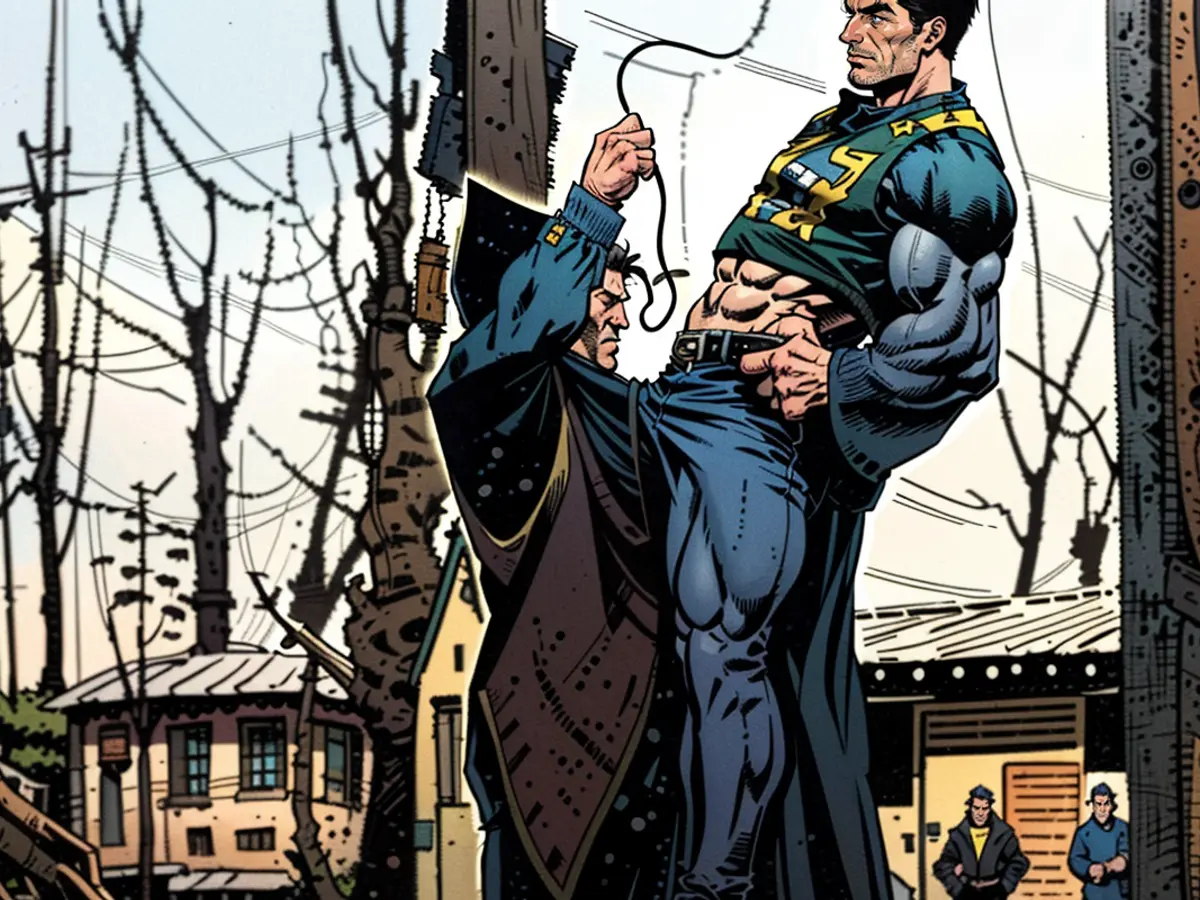Footprints of the victim within the significant area.
In the heart of Auschwitz, by 1945, over a million souls met their demise. The SS, including the family of Rudolf Höss, the camp's commandant, resided just 170 meters away, sharing a boundary with this grim concentration camp. This area of proximity is now known as the "Zone of Interest". A stroll through the once verdant garden of the Höss family continually echoes the pain of thecamp's victims.
The Höss family home stood as the grim neighbor to the lethal gas chambers of the Auschwitz camp since May 1940. Rudolf, his wife Hedwig, and their children Klaus, Ingebrigitt, and Hans-Jürgen lived in this household situated within the "Zone of Interest" of the Auschwitz Concentration Camp. Their youngest child, Annegret, was born in 1943.
Rudolf held command over the Auschwitz camp until November 1943, responsible for the mass slaying of over a million individuals, majority Jews. Now, this forbidden area surrounding the facility is famously known as the "Zone of Interest". The villa and its garden still survive in a small Polish town.
Rudolf Höss's villa and garden is not under the supervision of the Museum and Memorial Auschwitz-Birkenau. A protective barrier of concrete walls safeguards the privacy of the Polish family currently inhabiting the house. However, the garden is a part of the memorial site.
For the filming, the team devised the garden as an earthly paradise: beehives, bountiful vegetable plots, vibrant flower beds, a terrace, and a garden shed. "They truly captured the garden's essence," remarks the historian. As the group, guided by the historian, embarks on this October afternoon, they are drawn towards this idyllic garden setting.
In excess of 19 international journalists have previously passed through the infamous gate marked "Arbeit macht frei", examined the camp grounds, and now stand before row of gray houses. "We have ventured a little beyond the boundaries of the former camp," explains the historian.

These gray houses blend into the barbed-wire fence that separated the SS life from the lives captured behind it. Today, the administrative building of the memorial site is housed within this row of houses.
The historian directs the group towards a house near the end of the row: "This was the former command center." Höss administered the camp from this location. The building was once marked with iron capital letters indicating its importance within the camp hierarchy. Today, only three letters remain: MMA. The other nine letters are being restored. The remaining letters conceal the persecution story of the blacksmith Jan Liwacz.
Liwacz was arrested in 1939 for being a member of the Polish Socialist Party shortly after the German invasion. He was deported to Auschwitz in the summer of 1940 and assigned to the locksmith commando. Under the SS's orders, Liwacz crafted various blacksmith's work: the entrance gate's letters, a lamp for the SS canteen, and the iron gate leading into the former garden of the Höss family.
Twice, Liwacz endured several weeks in solitary confinement in the bunker of the infamous "Death Block" number 11. He survived the death march to Mauthausen and returned to Poland following his liberation in 1945, where he continued his career as a blacksmith until his demise in 1980.
When the Red Army drew closer in January 1945, the remaining SS personnel torched approximately 90% of the documents that could prove the massive killings. However, several items crafted by inmates for the SS escaped the flames. From Höss's office, a table, a chair, a fire screen, and a newspaper holder have been preserved. "All these items were crafted by inmates," remarks the historian.
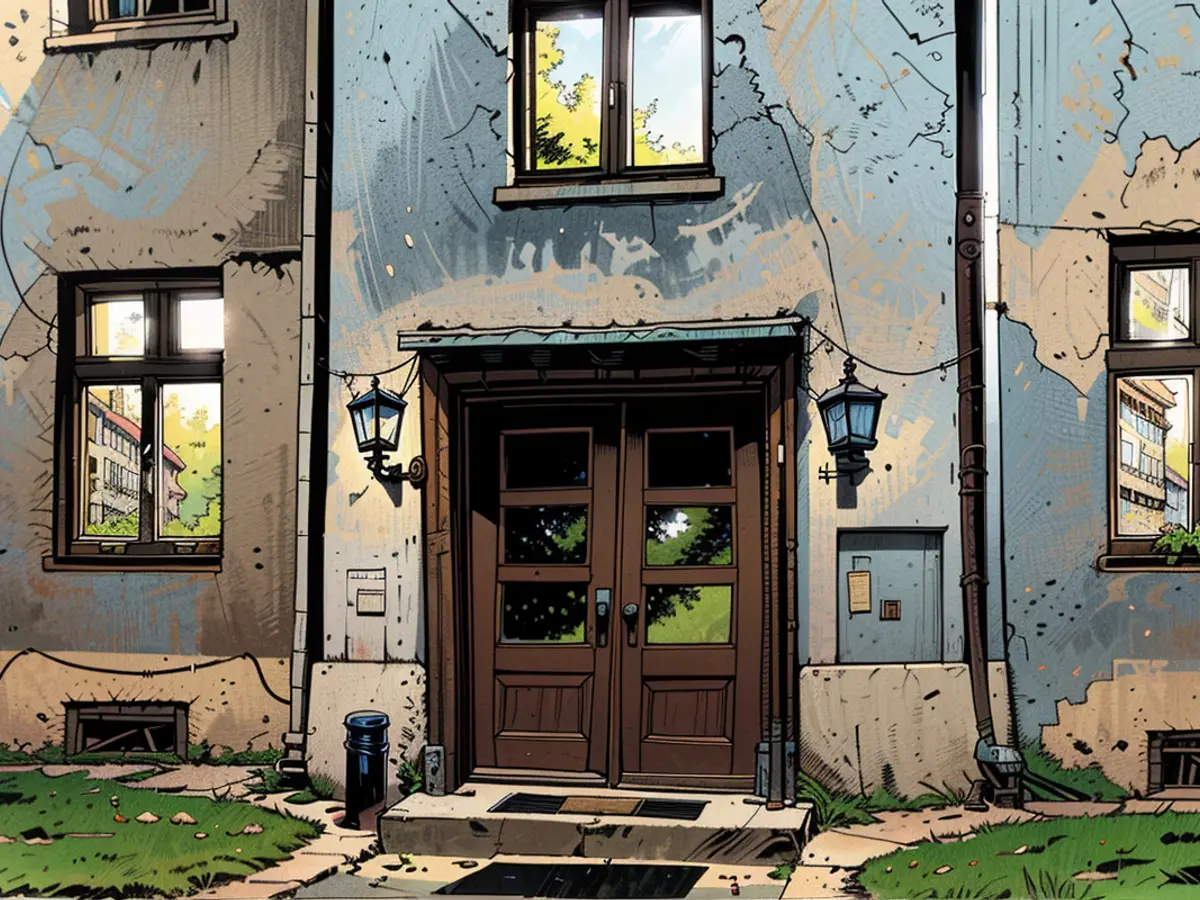
After about half an hour, during which the historian discusses the inmate-crafted evidence remaining at the site of the genocide and shares photographs, the group stands before the ornate iron garden gate. The historian stops in front of a black barrier tape beforehand, emphasizing photography is strictly prohibited from this point.
Beyond the Iron Gate: A Garden in Autumn
Behind the gate, visitors are met with a lush, partially overgrown garden. In mid-October, the trees' leaves in one corner of the garden remain mostly deep green, with only a few leaves turning golden under the autumn sun's glow. The group gathers near a bush as the historian withdraws the next slide from her green folder.
The photographs reveal children playing in the garden. One photograph displays children wading in water. "That's not a pool," explains the historian, pointing to a well to the left of the bush. Höss intended to carve a swastika into the stone above the well's head, according to the historian.
The second photograph shows Höss's youngest son, Hans-Jürgen, and his middle daughter, Ingebrigitt, seated in a wooden car. The toy car and an airplane were constructed in the camp's carpentry shop by inmates specifically for the Höss children, the historian explains.
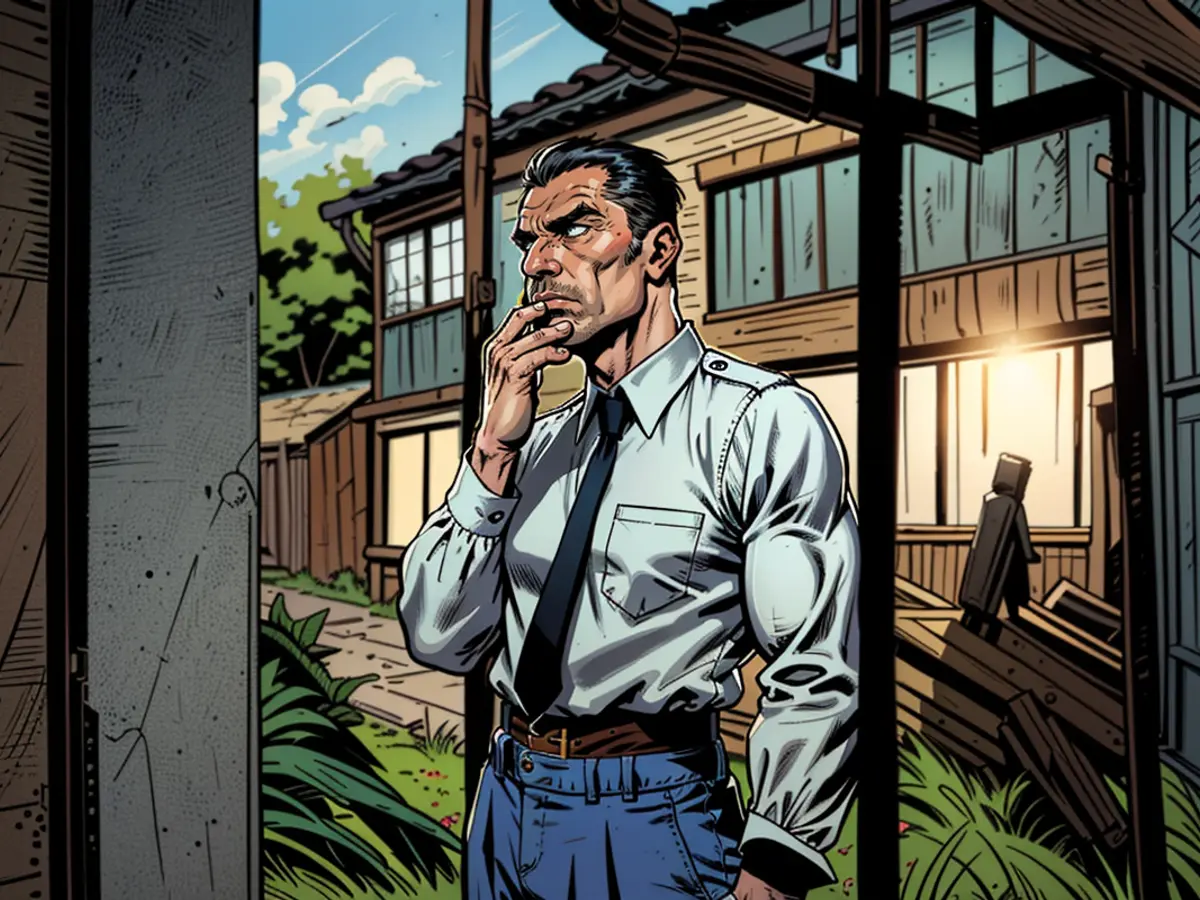
The servants in the Höss residence were prisoners: Two Jewish women stitched the children's garments. Stanislaw Dubiel, a Polish prisoner, maintained the vast garden. Dubiel managed to survive the camp and later proved to be a significant witness in Höss's trial.
Wontor-Cichy reveals another slide: A photograph of a so-called entry pass, said to grant access to various locations within and outside the camp. The group had to navigate through at least four of these past checkpoints in October to reach the garden entrance.
The name Sophie Stippel is inscribed on the pink pass. A Jehovah's Witness who had been detained in several concentration camps since 1936 due to her faith–first in Lichtenburg, then Ravensbrück, and finally Auschwitz starting in 1942–was hired by Höss as a cook. Using this pass, Stippel was able to move freely between the camp's inner and outer SS checkpoints, a privilege she used to assist other prisoners.
Stippel endured but remained silent about her camp experiences until her passing in 1985. Her descendants discovered the pass along with additional camp records concealed within a small shoebox after her death. They donated the artifact to the Archive, an archive located in Mannheim. Karen Strobel, an Archive employee, chronicled Stippel's survival story in "The Commander and the Bible Student: Rudolf Höss and Sophie Stippel: Two Paths to Auschwitz" in 2018.
"The family also cultivated tomatoes in the greenhouse," Teresa Wontor-Cichy informs her audience, returning the conversation to the present-day garden. The Hoess family's greenhouse, undamaged and located in its original spot, continues to stand behind the thick foliage and vines surrounding the pavilion and terrace. Historians indicate that the Hoess family frequently welcomed guests at the greenhouse in the past.
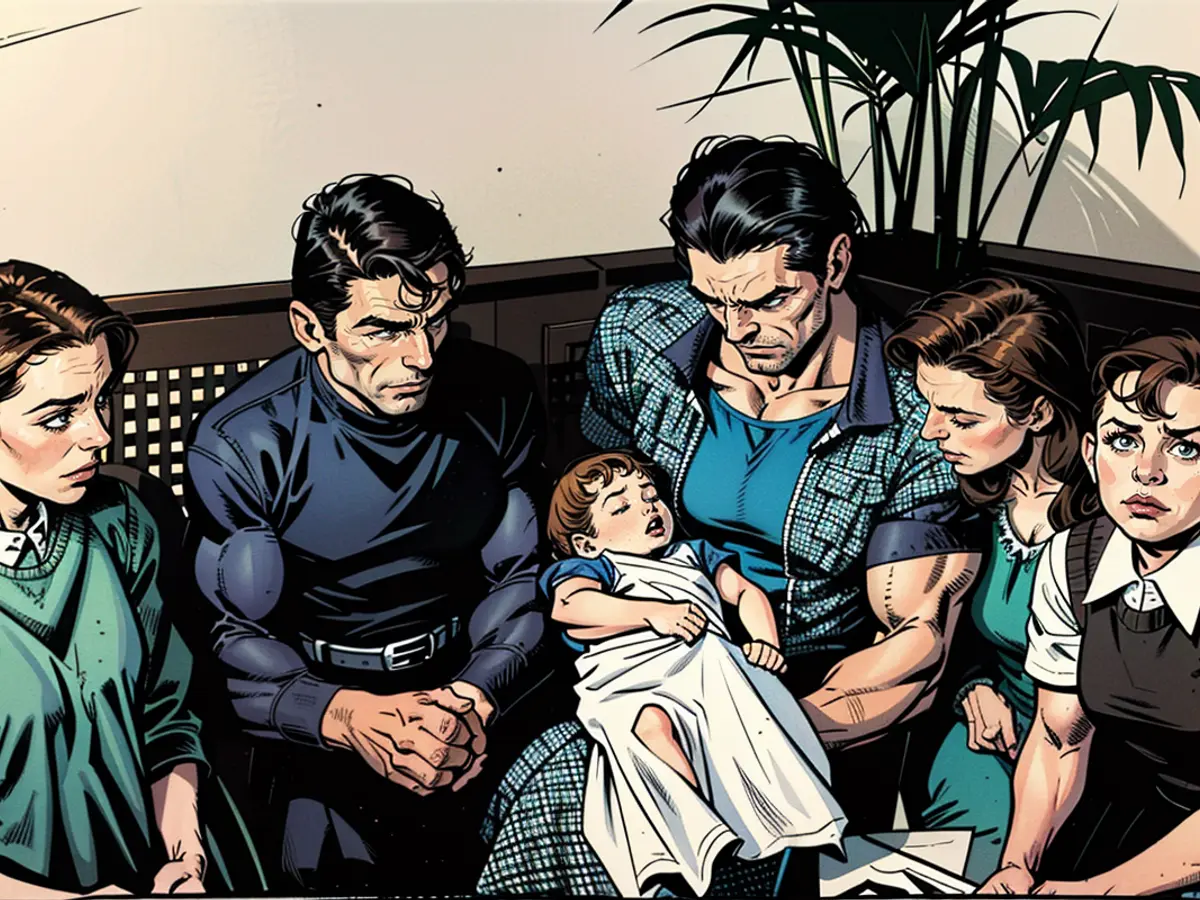
A Conclusion at the Gallows
Passing vehicles on the street behind the greenhouse fence repeatedly disrupt the historian's speech. On one side, the garden features trees, bushes, a fountain, a greenhouse, and a pavilion; on the other, a lawn area, where the grey concrete wall rises, obstructing the Hoess residence view.
At the end of the visit and the chronology of events, Wontor-Cichy discloses how Höss was ultimately betrayed by his wife following the war, apprehended, and sentenced to death during the Nuremberg Trials. On April 16, 1947, Rudolf Höss was hanged in the main camp of Auschwitz. The gallows still stands on the memorial site's premises.
"I envisioned the garden differently," muses a participant. The group follows Wontor-Cichy out of the secluded greenhouse area through the Liwacz forge.
This piece was crafted as part of a seminar at the Auschwitz-Birkenau Museum and Memorial. The tour through the former garden of the Hoess family is offered by the memorial site to selected groups at irregular intervals.
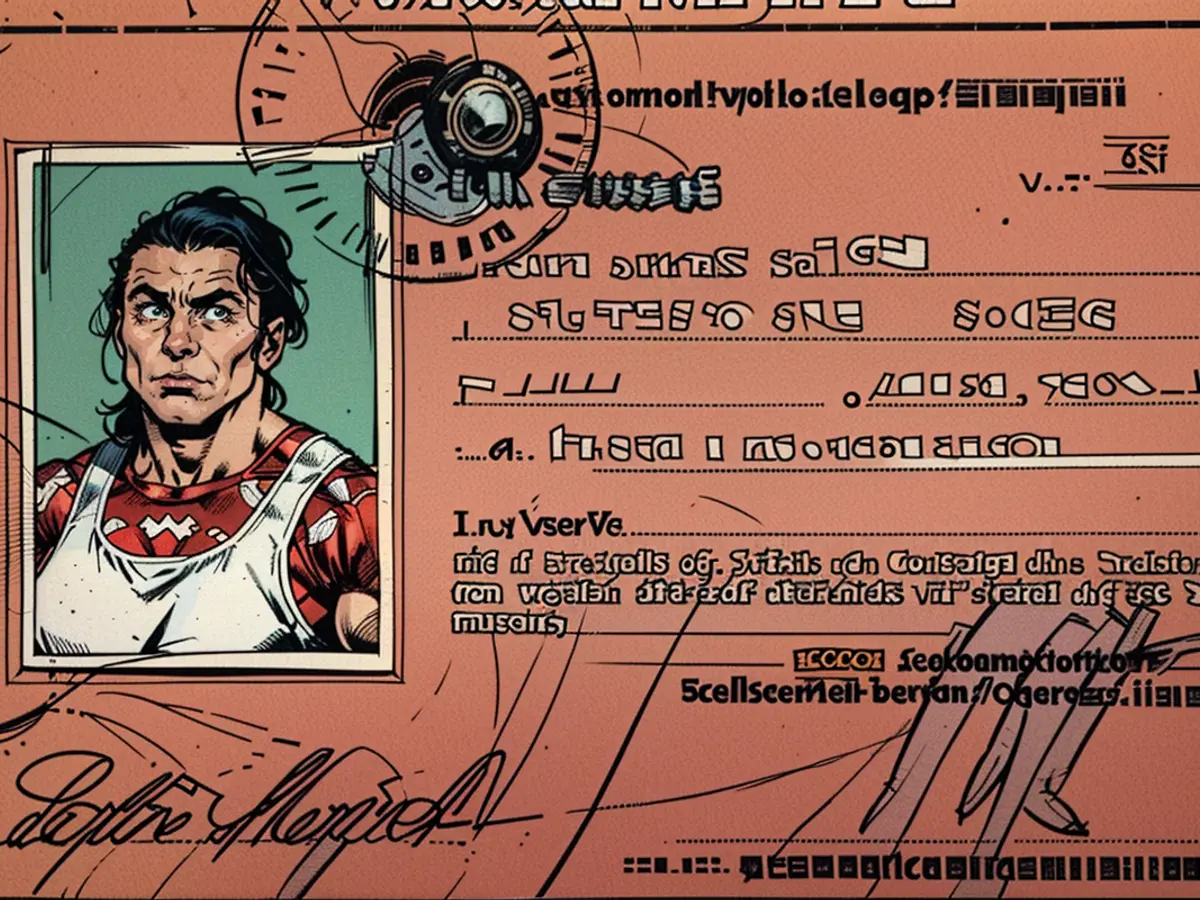
The Auschwitz concentration camp's chapel, located within the "Zone of Interest", is a short walk from the Höss family's villa. During Rudolf Höss's tenure as commandant, he and his family often attended memorial services for deceased SS members at this chapel.
After the Höss family departed from Auschwitz, their vacated villa served as living quarters for various commanders of the concentration camp until its liberation in 1945. The villa, with its idyllic garden, now serves as a reminder of the stark contrast between the daily lives of the SS leaders and the suffering endured by the prisoners.
